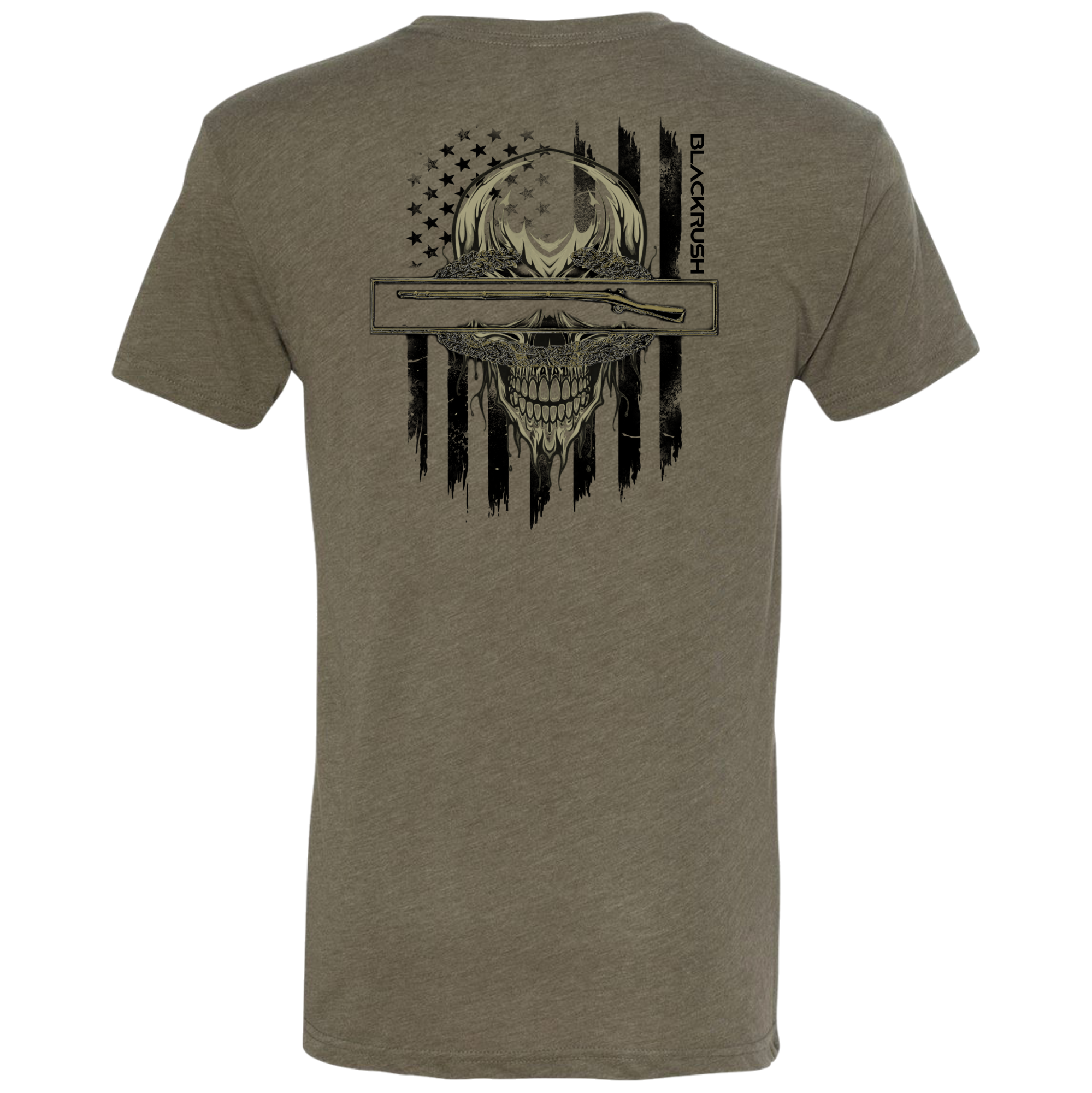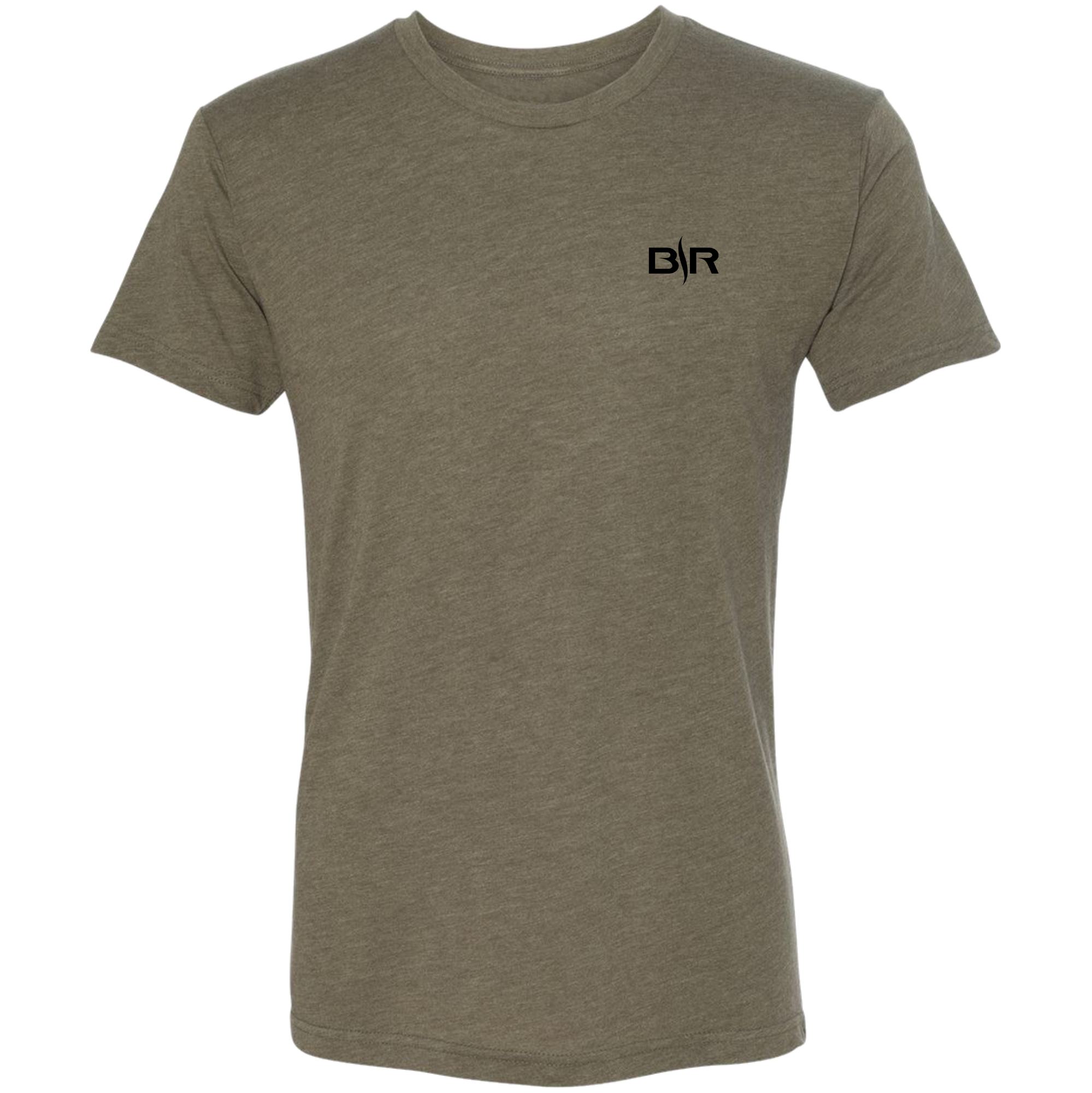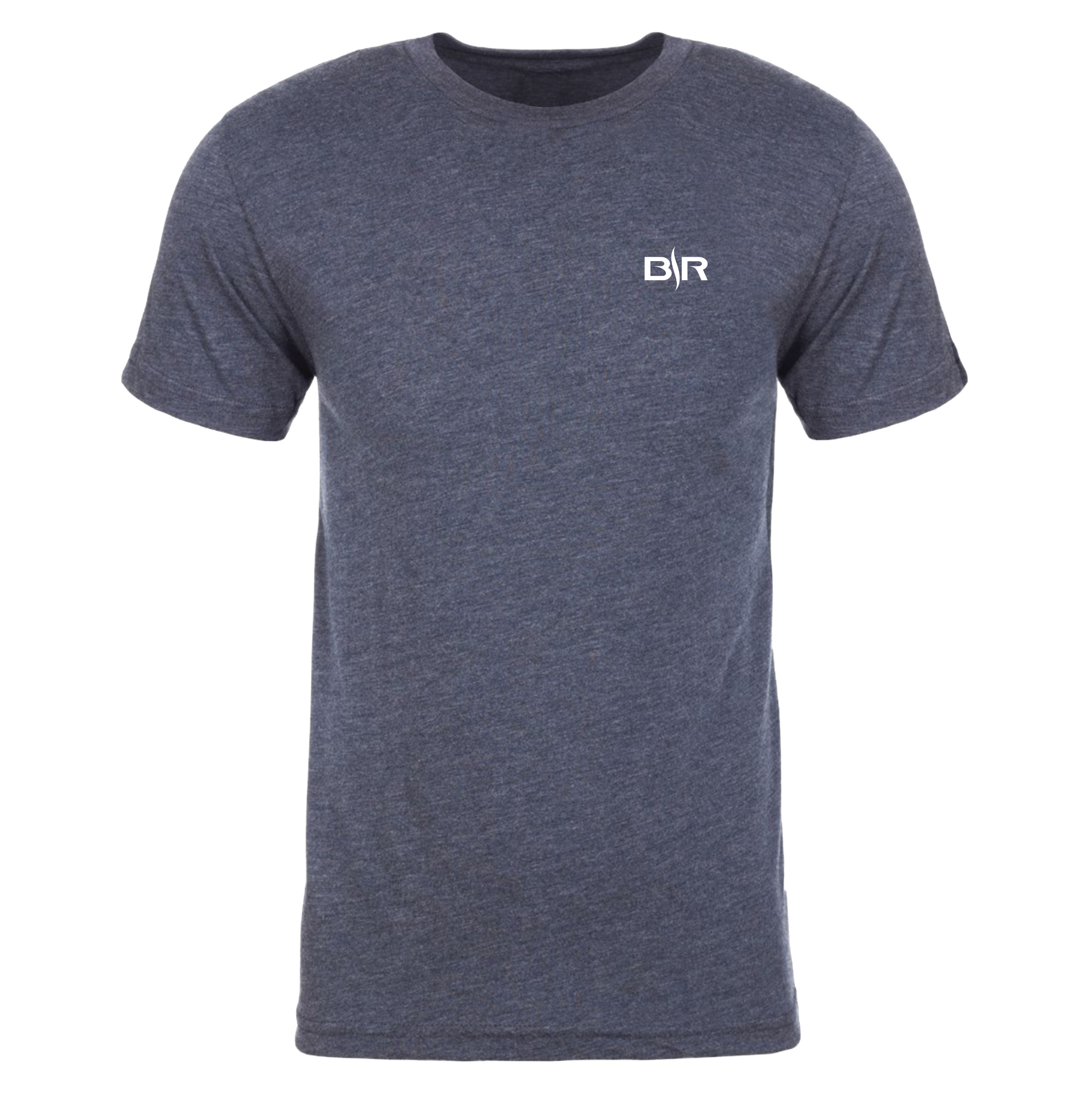How We Got Our Name

When we set out to build this brand, we knew one thing for certain — we didn’t want to be just another “salt-something.” No offense to the countless brands out there that lead with salt, but it’s been done. Overdone. And we’ve always believed that if you’re going to represent the outdoors — especially Florida’s outdoors — you’ve got to bring something different to the table.
We wanted a name that meant something. Something with roots. Something you’d remember — not because it shouted, but because it carried a story behind it.
We also didn’t want to box ourselves into just one slice of what Florida has to offer. The state is too diverse for that. From the flats and mangroves to the pines and everglades, Florida’s wild places aren’t defined by one single element — and neither are we. Our name had to reflect that freedom.
That’s when we landed on Blackrush.



